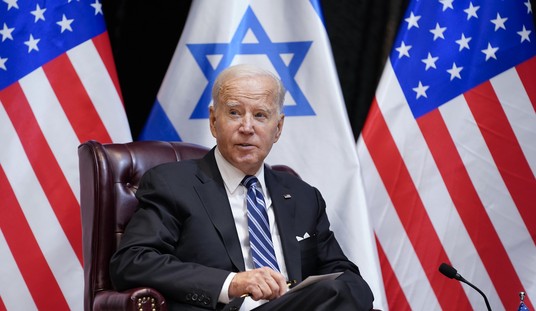Two leading makers of lighting products are showcasing LED bulbs that are bright enough to replace 100-watt light bulbs set to disappear from stores in January.
Their demonstrations at the LightFair trade show in Philadelphia this week mean that brighter LED bulbs will likely go on sale next year, but after a government ban takes effect.
The new bulbs will also be expensive — about $50 each — so the development may not prevent consumers from hoarding traditional bulbs.
To encourage energy efficiency, Congress passed a law in 2007 mandating that bulbs producing 100 watts worth of light meet certain efficiency goals, starting in 2012. Conventional light bulbs don't meet those goals, so the law will prohibit making or importing them. The same rule will start apply to remaining bulbs 40 watts and above in 2014. Since January, California has already banned stores from restocking 100-watt incandescent bulbs.
Recommended
LEDs are efficient, durable and produced in great quantities, but they're still expensive. An LED bulb can contain a dozen light-emitting diodes, or tiny semiconductor chips, which cost about $1 each.
The big problem with LEDs is that although they don't produce as much heat as incandescent bulbs, the heat they do create shortens the lifespan and reduces the efficiency of the chips. Cramming a dozen chips together in a tight bulb-shaped package that fits in today's lamps and sockets makes the heat problem worse. The brighter the bulb, the bigger the problem is.
Senator Rand Paul explains:

























Join the conversation as a VIP Member